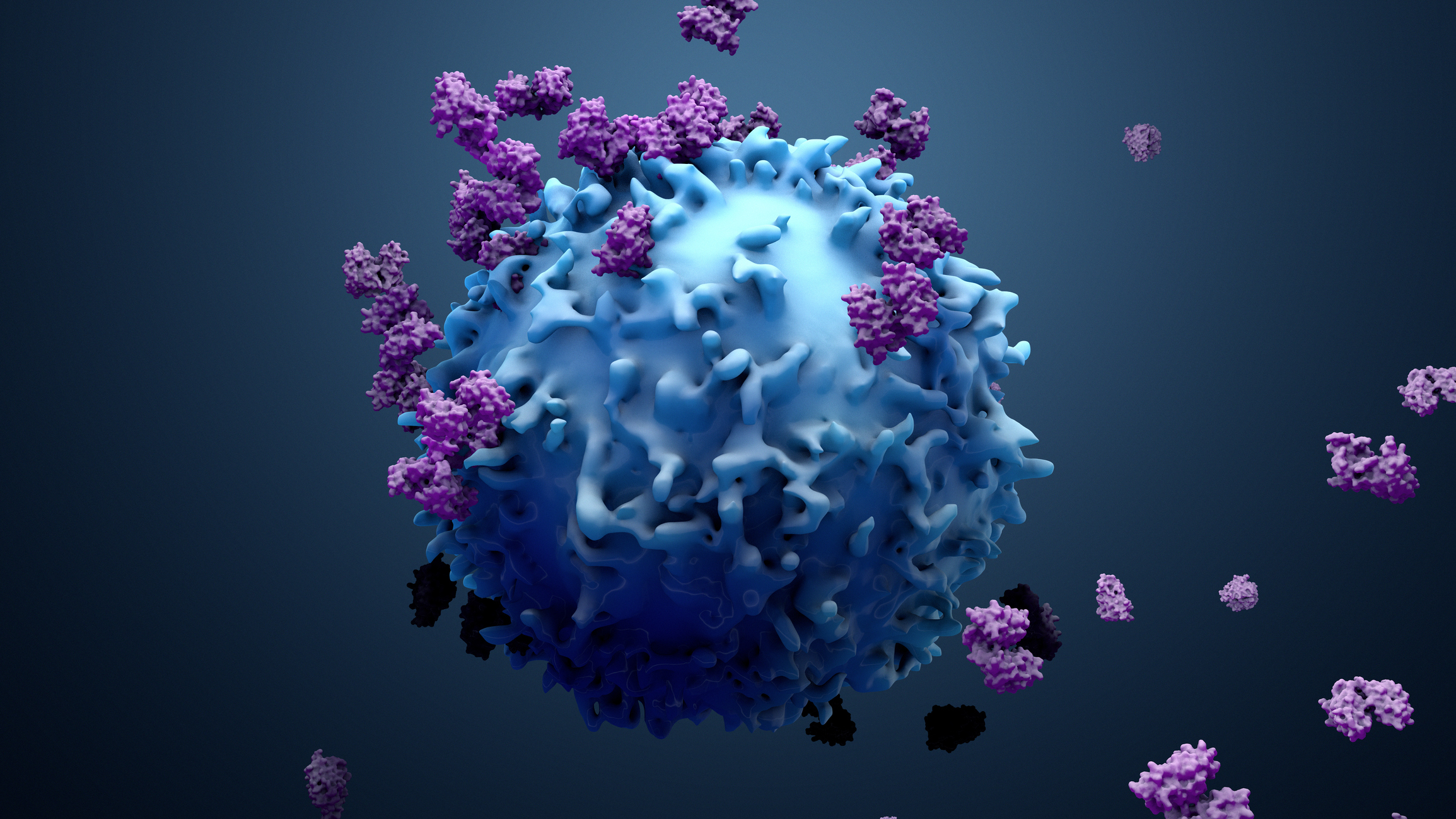One of the biggest challenges for researchers is the struggle to avoid cell line contamination, particularly with so many ways that cells can be affected. Cell contamination has a huge effect on research projects and outcomes, from introducing complexity into storage and laboratory processes to impacting cell authentication procedures, the effects are widespread. So, what can you do to mitigate the effects of cell contamination and reduce the likelihood of your cells getting contaminated?
Understanding the problem
Understanding the different ways your cells can be contaminated is the first step to ensuring you can minimise the risk of cell culture contamination. Cell lines in culture can also suffer from mutational effects over time. Essentially a natural process, but one which can lead to a mixed or significantly altered population with the risk increasing as the age of the cell line increases1. However, the problems associated with this type of cell contamination can be mitigated through regular cell testing. There are several different types of cell tests you can do within your laboratory2, including Short Tandem Repeat (STR) profiling, Isoenzyme analysis and Karyotyping.
In the Lab
More straightforward are the cell contaminations that can occur from laboratory techniques. It can be easy to cross contaminate cultures by using the same pipette across cultures or through a researchers hands, breath, clothing or hair. In addition it is easy for the laboratory facilities you use to be a source of contamination, either through dust, microbes that collect in crevices or through water baths or other unsealed containers3. These types of cell contaminations can be hard to spot because the new cells can be morphologically similar to the existing cell lines4. Preventing this type of cell contamination is possible – ensuring your laboratory and the surrounding areas are clean, using aseptic techniques and frozen cell repositories can all help lower the risk of cell contamination5.
Mislabelling
Some cell lines show signs of contamination after being resuscitated from Laboratory freezers. This can be due to vial mislabelling. Maintaining accurate records of cells in storage and using labels that can withstand cold temperatures can help prevent this. Regular cleaning and disinfection of thawing equipment can also help maintain the integrity of your cell lines6.
Cells, bacteria, viruses and other microbes
Different types of cell culture contamination can be spotted and treated in different ways, as the behaviour of the cell changes, depending on what it has become contaminated with7:
- Most bacterial cell culture contamination, such as endotoxins produced by gram-negative bacteria can be easy to detect, however some like mycoplasma can be tricky to identify as they blend in. Mycoplasma is a very common form of cell contamination. Mycoplasma alters the cell culture’s behaviour by bringing about cytopathic effects8. It has been estimated that between 5-10% of studies using cell cultures contain cells that have been contaminated with mycoplasma9.
- Poorly prepared, ageing and inappropriate media conditions or additives can also affect your cell culture. Reduced viability, encouraging the growth of contaminating cells and in the worst circumstances cause the death of your cell cultures. In addition, endotoxins sometimes present in cell culture media can also affect your cell culture growth10.
- Viral contamination of cell lines can be as problematic as mycoplasma contamination. This is because non-cytopathic viruses are even trickier to detect than mycoplasma. Viruses can usually only be identified through unexplained cell health or even cell death within a cell culture11. Once a cell culture has become contaminated by viruses, there is little that can be done to fix it. Preventing the cell culture from becoming contaminated by viruses is crucial and regular testing should be undertaken to ensure the cell culture remains uncontaminated12.
Reliable Suppliers
Ensuring you purchase your cell lines from cell culture collections such as the European Collection of Authenticated Cell Cultures (ECACC) or the American Type Culture Collection (ATCC) is another way you can mitigate the risks of cell contamination. Cell line repositories ensure the cell lines they store are tested, providing you with peace of mind that the cell lines you are purchasing are authentic and uncontaminated. We work closely with cell line repositories and researchers and institutes worldwide to ensure we are providing you with a wide variety and range of different cell lines.
Discover how we can help you source and deposit your cell lines from a variety of reliable suppliers.

